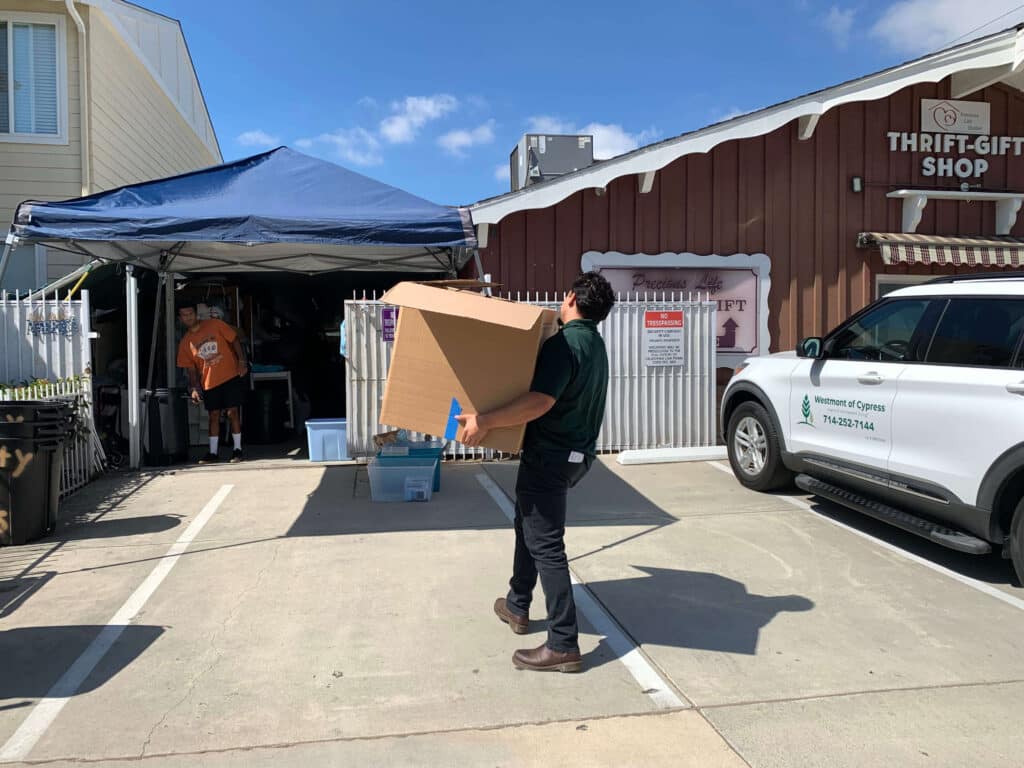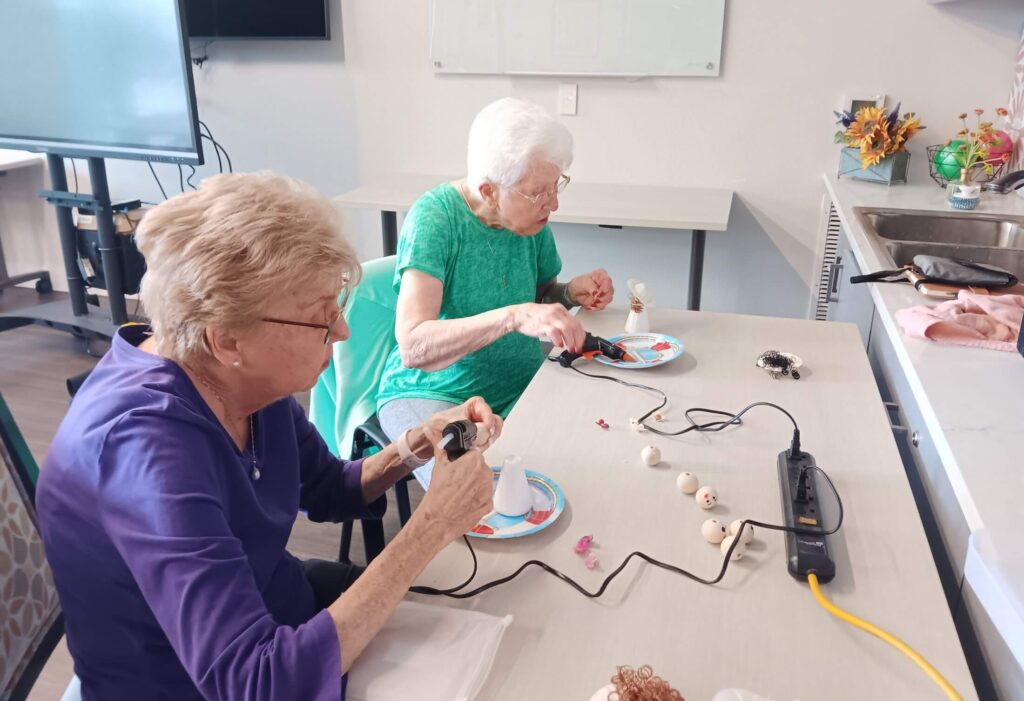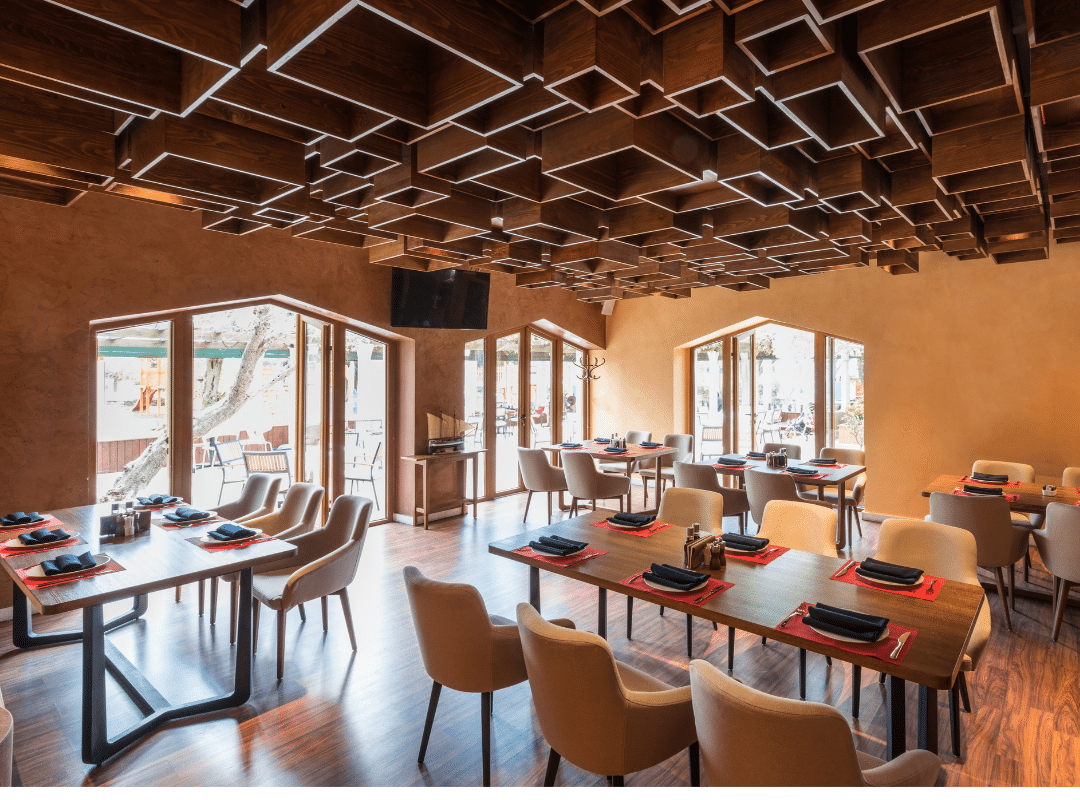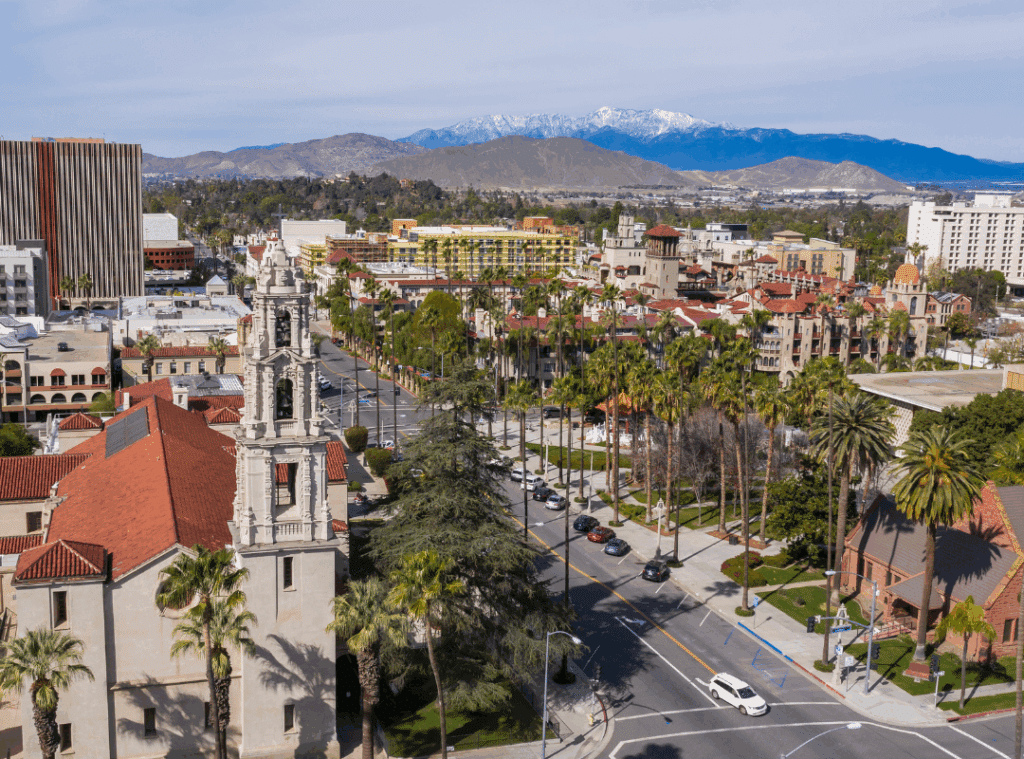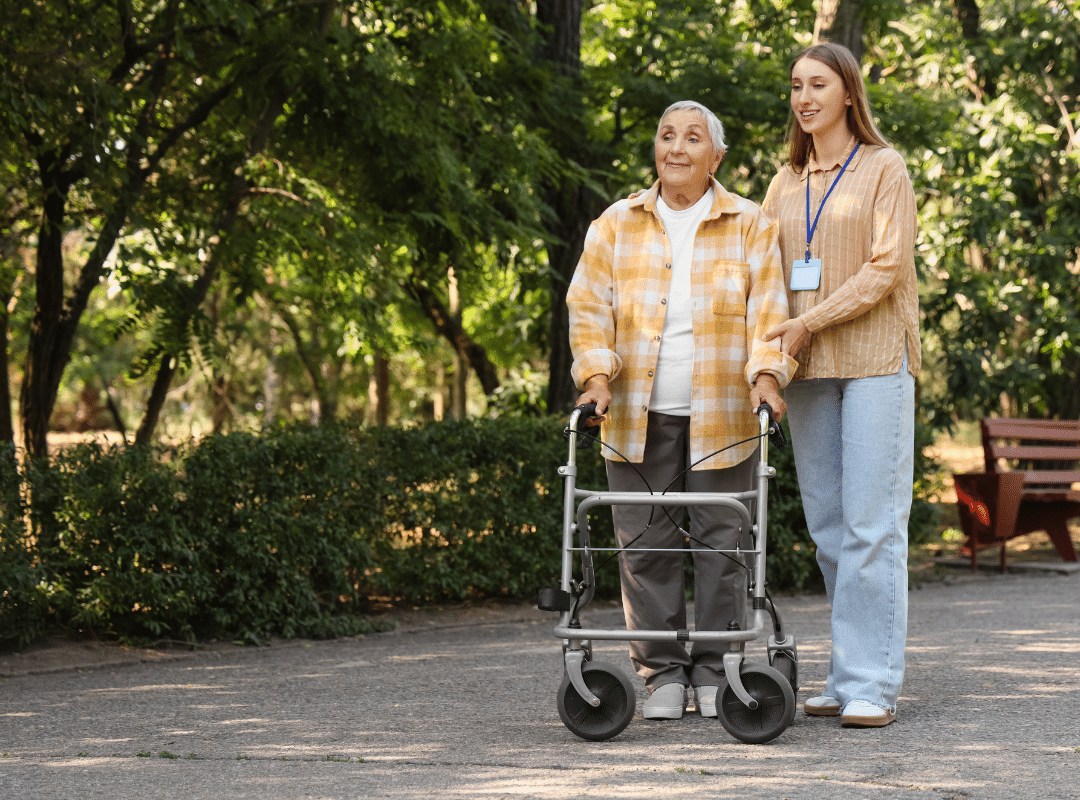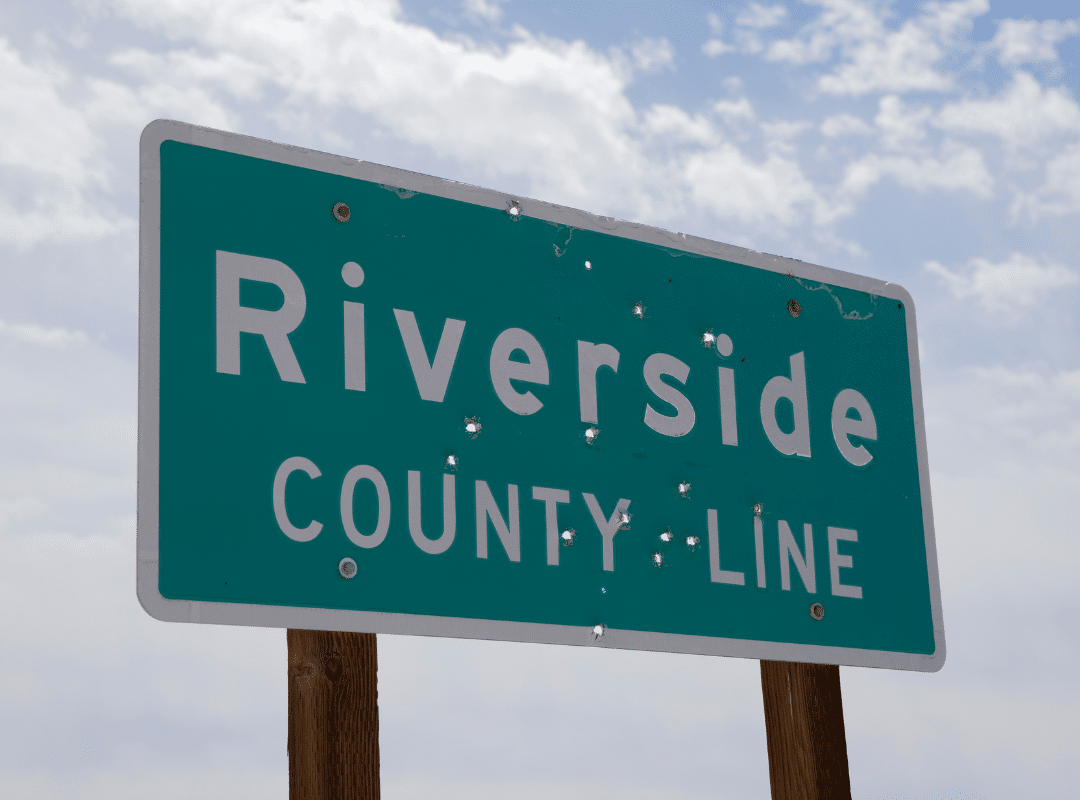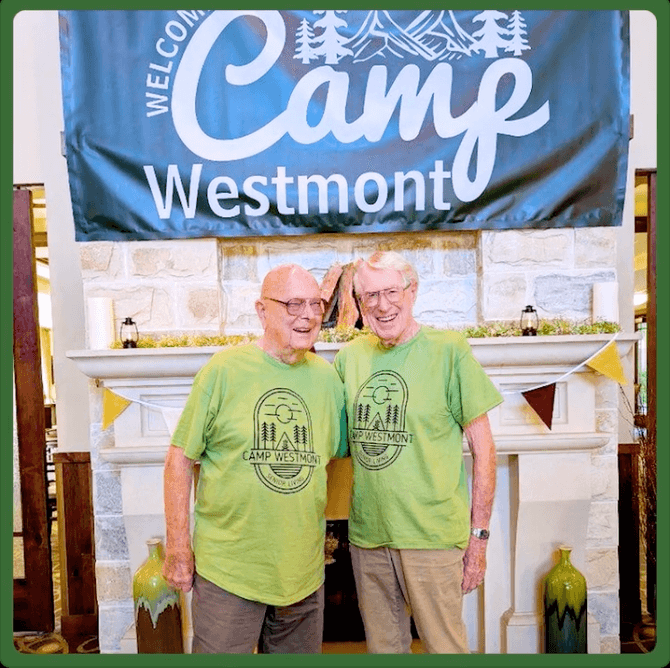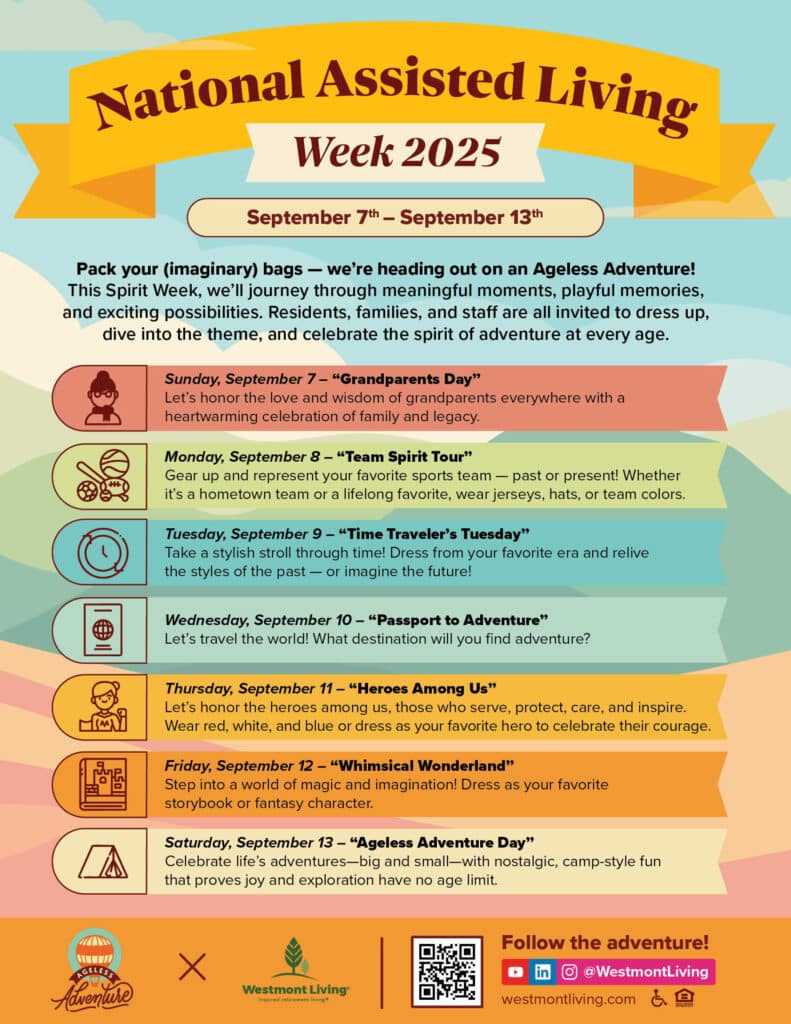Why a Geriatric Package Matters in Senior Care?
Aging brings unique challenges that require compassionate, personalized solutions. For seniors and their families, finding the right care can feel overwhelming—but that’s where a geriatric package can truly make a difference. These packages provide comprehensive support tailored to seniors’ individual health, emotional, and daily living needs.
At Westmont of Riverside, our care packages ensure seniors receive everything from private care for the elderly at home to guided nutrition and engaging social activities. By addressing medical concerns, mobility support, and emotional well-being, this kind of care helps seniors live with dignity, independence, and joy.
Discover how specialized support enhances the quality of life at Westmont of Riverside.
Why Personalized Care Is the Foundation of Healthy Aging
Personalized care allows seniors to feel seen, heard, and respected. A geriatric package includes individualized care plans based on comprehensive assessments of physical, emotional, and social needs. This ensures seniors maintain independence while receiving essential support.
With tools like adaptive technology and mobility aids, seniors can continue to thrive. At Westmont of Riverside, we emphasize regular updates to care plans, making room for change and growth over time. Our collaborative care approach means families are always included in the process.
Meeting Nutritional Needs with Tailored Meal Planning
Proper nutrition is one of the most effective ways to support senior health. Through customized meal plans, a geriatric package ensures each senior receives balanced meals suited to their health conditions and preferences.
The Value of Nutritional Balance
Aging bodies have different nutritional needs. Emphasizing whole grains, lean protein, and fiber supports digestion and energy levels. Fiber-rich foods can help regulate digestion, while nutrient-dense meals improve long-term wellness.
Respecting Dietary Preferences
Food is personal. A culturally sensitive menu and individual preferences help seniors feel at home. Encouraging feedback and involvement in menu planning can enhance emotional satisfaction and physical health. Even favorites can be modified to support conditions like diabetes or heart disease.
Managing Chronic Conditions Through Food
Many seniors face chronic health issues, and nutrition is a powerful ally. Anti-inflammatory foods and hydration strategies are essential for medication management and symptom relief. Nutrient-dense foods also aid in blood sugar control, particularly for seniors with diabetes.
Strengthening the Mind: Mental Health and Cognitive Support
Supporting cognitive health is just as important as managing physical conditions in senior care.
Engaging the Brain
A key part of any geriatric package is offering stimulating activities that maintain mental sharpness. This includes puzzles, memory games, storytelling, and reading. These help delay cognitive decline and offer enjoyable daily moments.
Social Interaction as Mental Fuel
Group conversations, volunteering, and outings create purpose and joy. These interactions support emotional balance and help prevent isolation. Encouraging community participation offers emotional support and mental stimulation.
Why Routines Matter
Having structured routines reduces anxiety and supports memory. Predictable schedules enhance feelings of safety and foster daily momentum, enabling seniors to engage socially and physically.
Encouraging Social Bonds Through Community Engagement
Whether it’s a coffee chat or a trip to the local museum, regular social interactions reduce loneliness and improve emotional well-being.
Group activities in a geriatric package foster meaningful friendships and joy. From holiday events to exercise classes, social calendars offer both fun and therapeutic value.
- Consider local senior center events for ideas.
- Encourage participation in small group interests like gardening, art, or dancing.
- Leverage tech like video calls for long-distance connection.
Comprehensive Support for Health and Mobility
A comprehensive geriatric package offers solutions not only for routine care but also for advanced and chronic health needs.
Medical Oversight and Chronic Illness Care
Frequent screenings, personalized medication schedules, and integrated care help identify health issues early. Pairing that with nutritional guidance ensures well-rounded care. Learn more about how to manage diabetes in seniors.
The Role of Mobility Aids
Mobility limitations shouldn’t hinder independence. Tools like walkers, canes, and grab bars empower seniors to move freely. These tools are part of the list of daily needs for elderly care and encourage active lifestyles.
A safe and mobile senior is more likely to participate in life—and enjoy it.
The Essential Role of At-Home and Government Support
Private care for the elderly at home
Not every senior wants or needs to move into a care community. Many prefer the familiarity of their homes. Fortunately, private care for the elderly at home is often included in advanced geriatric care options. Trained caregivers help with bathing, medication reminders, and companionship, all while supporting independent living.
Free services for senior citizens
Depending on location, seniors may qualify for free services for senior citizens, like transportation, meal deliveries, or home safety evaluations. These services reduce out-of-pocket costs and add extra layers of support. Visit the National Council on Aging for a list of available programs.
Elderly care assistance from the government
Financial help is available. Elderly care assistance from the government can come in the form of Medicaid waivers, veteran benefits, and local senior housing subsidies. Families should explore these resources early, as waitlists and paperwork can take time to process.
Customizing Daily Care Needs
Every senior deserves a care plan that fits their lifestyle and health profile. Here’s a helpful list of daily needs for elderly care to guide decision-making:
- Medication reminders and tracking
- Nutritious meal preparation
- Bathing and hygiene support
- Companionship and social activities
- Exercise and movement guidance
- Transportation for errands and appointments
- Home safety modifications
- Memory and cognitive support activities
A complete geriatric package covers all of these needs—and adjusts as the senior’s health changes over time.
Your Future, Fully Supported – Start Today
Aging doesn’t mean giving up independence—it means embracing new kinds of support that help you thrive. At Westmont of Riverside, our geriatric package empowers seniors to live life fully, surrounded by compassionate care, purpose-filled days, and lasting connections.
Whether you need private care for the elderly at home, are looking for elderly care assistance from the government, or want a plan built around the list of daily needs for elderly care, we’re here to guide you.
Ready to take the next step? Schedule a tour or call us today at 951-697-2100 to learn how our personalized care can bring comfort, dignity, and joy to your golden years.
Frequently Asked Questions
What age is considered geriatric in the US?
In the United States, the term geriatric generally refers to adults aged 65 and older. This is the age when many people become eligible for Medicare and may experience more age-related health changes. However, some healthcare providers may consider individuals as young as 60 as geriatric depending on their medical needs. The classification helps guide care and support tailored to seniors.
Does Medicare cover geriatrics?
Yes, Medicare provides coverage for many geriatric healthcare services, including hospital stays, doctor visits, and preventive care. It may also cover screenings, therapies, and certain treatments that address age-related conditions. However, long-term care, assisted living, and most custodial care are generally not covered. Seniors often combine Medicare with supplemental insurance to meet broader healthcare needs.
What is a geriatric care plan?
A geriatric care plan is a personalized roadmap that outlines the medical, emotional, and daily living support a senior requires. Healthcare professionals develop it and may involve input from family members. This plan includes details on medications, therapies, lifestyle recommendations, and caregiving needs. Its main goal is to improve the quality of life while ensuring seniors receive consistent and appropriate care.
What is the most requested support service for the elderly?
One of the most requested support services for seniors is in-home assistance with daily activities. This may include help with bathing, dressing, meal preparation, and medication management. Many older adults prefer receiving support at home so they can maintain independence and comfort. Along with personal care, companionship, and transportation services are also highly sought after.








